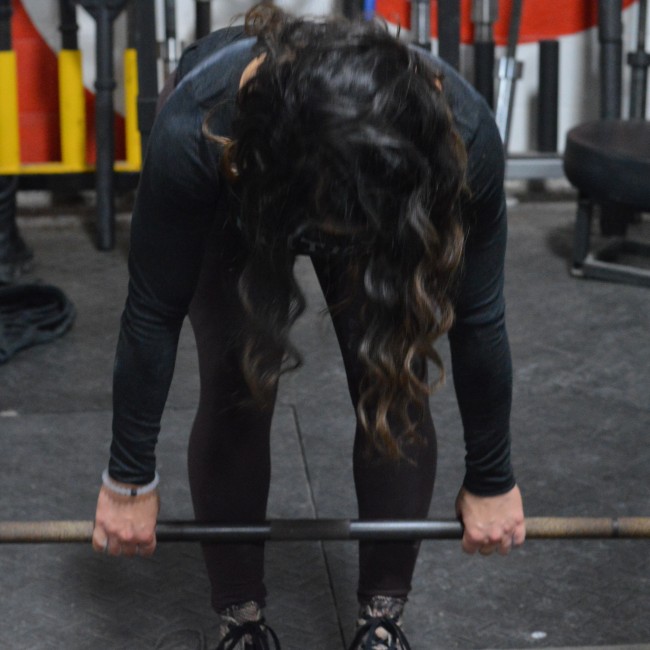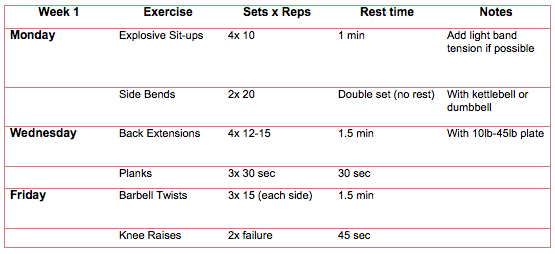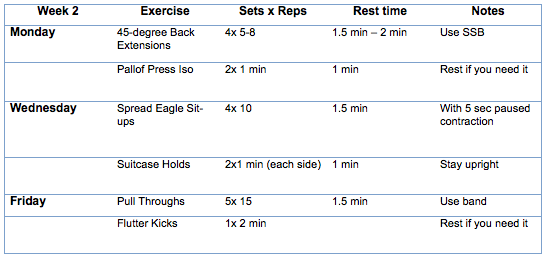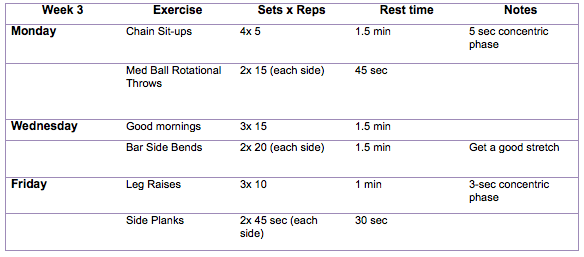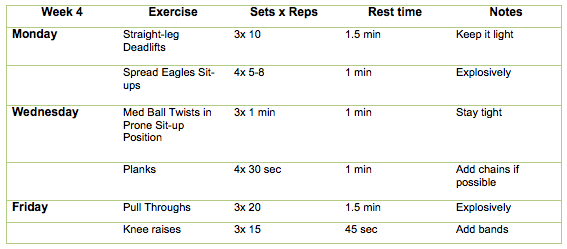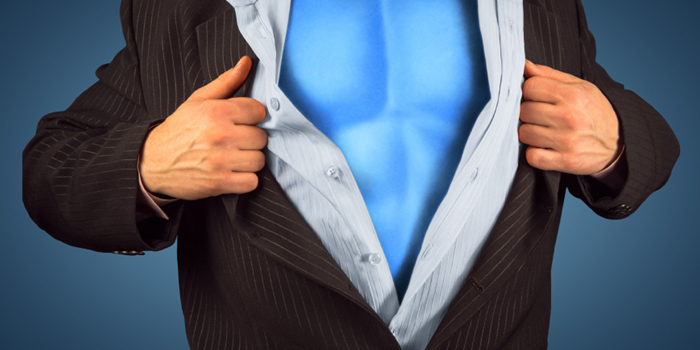
The torso is undoubtedly important in athletic performance. I personally define the torso as the core of the body that consists of the abdomen, obliques and spinal erectors. I don't like using words like “abs” because it gives a false image in the eyes of trainees, especially in a world obsessed with “abs” for vanity. With that being said, this article isn't for those looking for a shredded six-pack (it doesn't mean that this approach of training won't give you one) but is more for athletes looking for a stronger torso to increase performance in their given sport.
When I was younger, I was stubborn and refused to listen to the professionals who I contacted for help because I didn’t like the idea of hitting the “boring muscles” they told me to work on like the lower back and hamstrings. This made it a complete waste of my time to even contact these people (who were far stronger than me). This may have been a waste of time four years ago when I didn't listen, but these methods have started to make more sense as I matured in the weight room.
To intelligently train the core for a specific activity, you first need to understand the function of the muscles and the stress that will be placed on them in a given activity. Unless you're a bodybuilder trying to hit 1000 crunches a day, the job for the core will most likely be the same for every sport, and the primary job for these muscles is...drum roll please...to stay upright (maintain a neutral spine) and rotate the torso.
“So how do we train the torso to accomplish its job?” Well, it’s fairly easy. Pick the movement that needs to be trained and apply resistance to them in the gym with varying factors, just as you would do with any other movement. In my opinion, the most important piece you take from this article is the movements that need to be trained. No one needs five million sit-ups and crunches. They're worthless by themselves. The list of patterns you should train are extension of the back, frontal flexion of the abdomen, lateral flexion and bracing of the torso, rotation of the torso and torso isometric holds.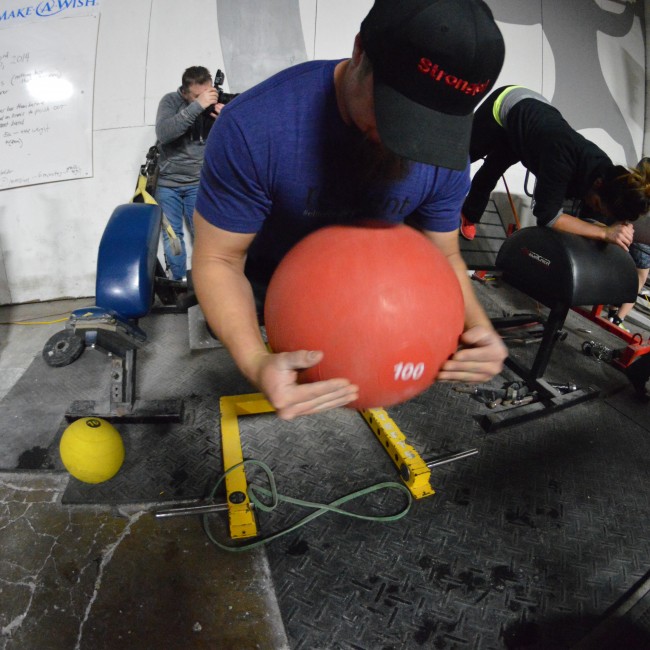
Here’s a brief list of appropriate exercises for each movement pattern to develop a strong torso.
Extension of the back:
- Back extensions on glute ham raise
- 45-degree back extensions
- Straight leg deadlifts
- Good mornings
- Pull throughs
Frontal flexion of the abdomen (with the legs as the base of support):
- Sit-ups (explosively yet still controlled, with chains, with band tension or with paused contractions)
- Spread eagle sit-ups (same options as regular sit-ups)
- Cable crunches (with band tension or straight weight)
- Medicine ball slams
Frontal flexion of the abdomen(with the torso as the base of support):
- Leg raises
- Knee raises
- Flutter kicks
Lateral flexion of the torso:
- Bar side bends
- Kettlebell or dumbbell side bends
- Band side bends
Lateral bracing of the torso:
- Suitcase carries
- Suitcase deadlifts
- Suitcase holds
Rotation of the torso:
- Band rotations (on a horizontal or diagonal plane)
- Medicine ball rotational throws
- Barbell twists with landmine
- Medicine ball twists in prone sit-up position
Torso isometric holds:
- Planks
- Side planks
- Pallof presses (iso)
Now, I can't make the viewers read my rants without giving a little something extra back (because the knowledge wasn't enough). What follows is my personal four-week program to a bigger and better torso. It can be implemented into just about any program whether you're a sprinter, gymnast or powerlifter.
Robert Gonzalez is a competitive raw powerlifter in the 259 weight class (SPF). Currently training for his next meet in Murfreesboro, TN, he is looking to hit a 1500-pound total. When he is not training, Gonzalez likes to keep the local gym goers strong by serving smoked meats at his job as a cook.









